Underwater scooters (also called sea scooters or DPVs) turn an ordinary swim or dive into a thrill ride.
Yet these battery-powered marvels can also wreck a vacation—or a coral reef—when used carelessly.
Below are 10 underwater scooter don’ts that keep you safe, protect your gear, and preserve the ocean you came to enjoy.
1. Don’t Skip the Manual
Even if you’re a gadget pro, skim-reading isn’t enough.
-
Read the full manual before the first splash.
-
Learn what each light, beep, and lock actually means.
-
Practice in knee-deep water or a pool.
Five extra minutes with the manual beats fumbling with a jammed trigger 40 ft down.
2. Don’t Neglect Your Battery
Your scooter’s battery is its heart—and its weakest link.
-
Charge with the factory charger only.
-
Top off after every outing; never store dead.
-
Keep it cool and dry (avoid hot trunks and damp boat lockers).
Plan rides in thirds: one-third out, one-third back, one-third in reserve. You’ll never curse a dying battery again.
Recommended: How to Extend Electric Sea Scooter Battery Life: Easy Tips That Work
3. Don’t Ignore O-Rings and Seals
A $5 O-ring can save a $500 motor.
-
Inspect seals before every dive.
-
Remove sand or hair with a damp finger.
-
Grease lightly with silicone, never petroleum jelly.
Replace cracked or flattened rings immediately; leaks start small and finish expensive.
Recommended: Troubleshooting Common Underwater Scooter Problems
4. Don’t Skip the Fresh-Water Rinse
Salt dries into tiny razor blades. Chlorine isn’t kinder.
-
Rinse the scooter, battery bay, and prop guard in fresh water.
-
Gently shake out trapped droplets, then towel-dry.
-
Pop the hatch and air-dry inside if possible.
A three-minute rinse adds years to your underwater scooter.
5. Don’t Store It Wet—or Hot
Moisture breeds corrosion; heat cooks batteries and plastics.
-
Dry completely before bagging.
-
Store in a cool, shaded spot.
-
Rest the battery at 40-60 % charge for long breaks.
Treat your scooter like you treat your laptop—not like a soggy beach toy.
6. Don’t Dry-Run the Motor
These props need water resistance for cooling.
-
Never squeeze the trigger on land “just to show friends.”
-
If you must test, dunk the tail in a bucket first.
-
Keep props clear of sand in shallow surf.
Dry-running burns out motors faster than any other blunder.
7. Don’t Start at Full Throttle
Throttle shock equals lost grip, skinned knuckles, and bent coral.
-
Begin on the lowest speed.
-
Hold with both hands until you master balance.
-
Increase power only in open, obstacle-free water.
Control first, speed second—that’s how pros ride.
8. Don’t Ignore Safety Features
Manufacturers add locks, leashes, and kill-switches for a reason.
-
Engage trigger locks on deck or dock.
-
Clip the wrist leash every ride.
-
Check buoyancy; many scooters float if dropped.
These simple habits stop runaway props, lost gear, and ER visits.
9. Don’t Push Beyond Your Limits
A scooter extends range—but not your training.
-
Respect your certification depth.
-
Monitor distance from shore; batteries drain faster against current.
-
Turn back at 50 % charge, even if adventure beckons.
An underwater scooter is an aid, not a superpower.
10. Don’t Disturb Marine Life or Reefs
Ocean beauty is fragile.
-
Keep prop wash away from coral heads.
-
Observe wildlife from a respectful distance—no chasing.
-
Follow local rules on dive flags and restricted zones.
Leave nothing but bubbles; take nothing but memories.

Quick Takeaways
-
Read the manual and do a shallow-water shakedown.
-
Baby the battery: correct charger, cool storage, one-third rule.
-
Inspect O-rings every dive; replace at first sign of wear.
-
Rinse thoroughly after salt or pool sessions; dry before storage.
-
Never dry-run the motor—water cools and loads the prop.
-
Use safety locks and leashes without fail.
-
Respect depth, distance, and marine life; safety beats bragging rights.
Conclusion
Underwater scooters amplify every swim or dive, but only when handled with care.
By following these ten “don’ts,” you’ll avoid rookie mistakes, extend your gear’s life, and safeguard the reefs that make the ride worthwhile.
So gear up, think ahead, and glide responsibly—the ocean is counting on you.
FAQs
Q:Are underwater scooters beginner-friendly?
Yes—if you can swim confidently, follow the manual, and start slow in calm water.
Q:How deep can I take my scooter?
Stay within both the scooter’s depth rating and your dive certification; never exceed either.
Q:Can kids use underwater scooters?
Only kid-specific models, with adult supervision, flotation gear, and shallow-water practice.
Q:How long does the battery last?
Most recreational units run 30-90 minutes. Conditions and speed settings matter.
Q:Do I need special insurance?
Some travel or dive policies cover DPVs; check before your trip, especially for rentals.
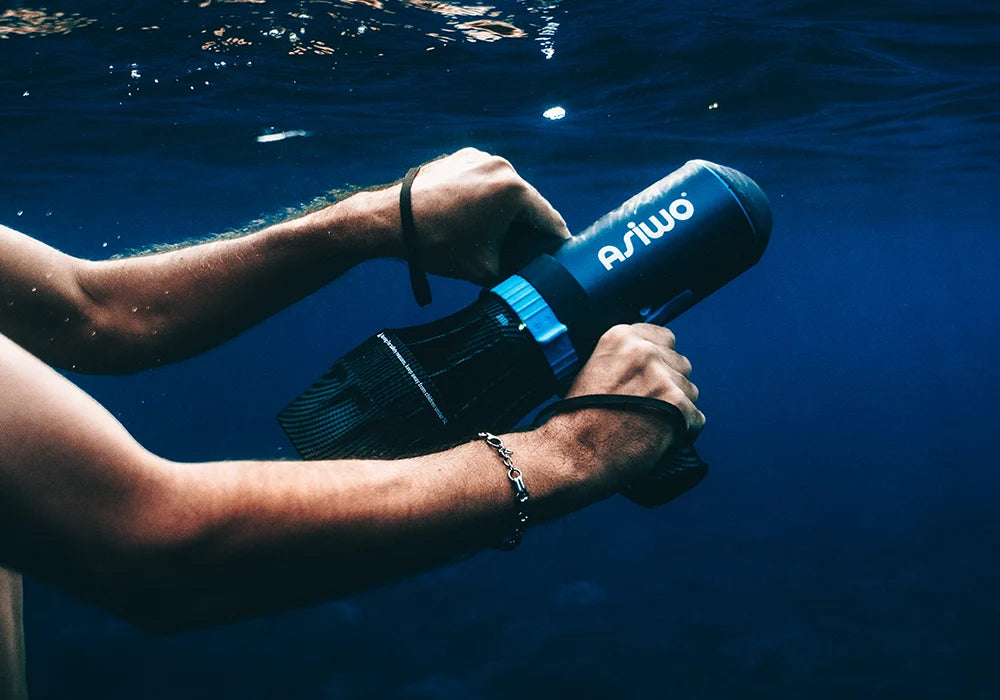




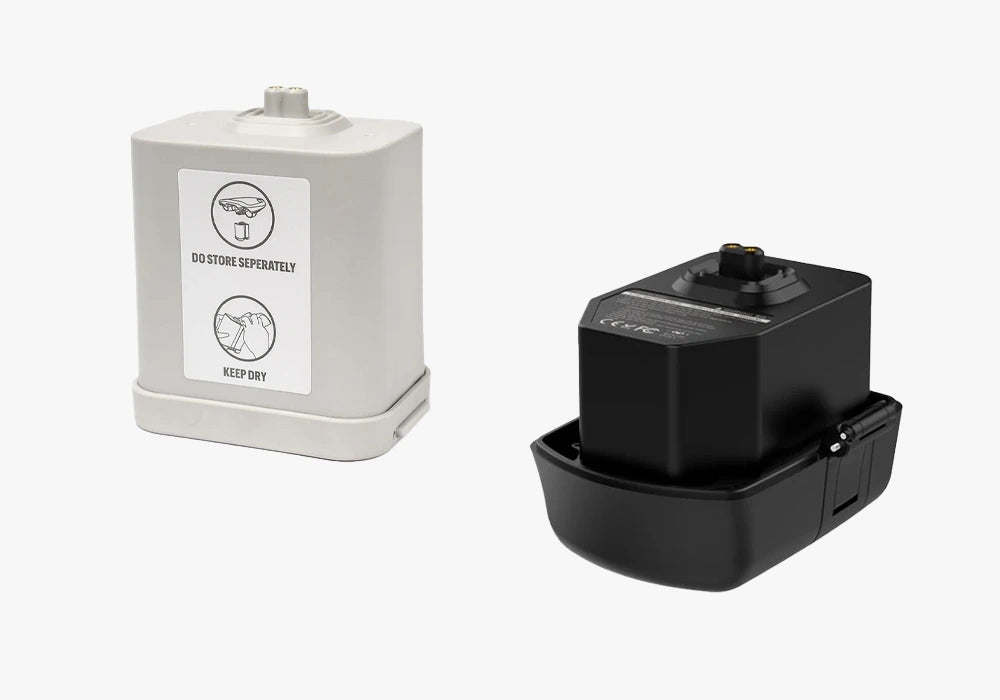




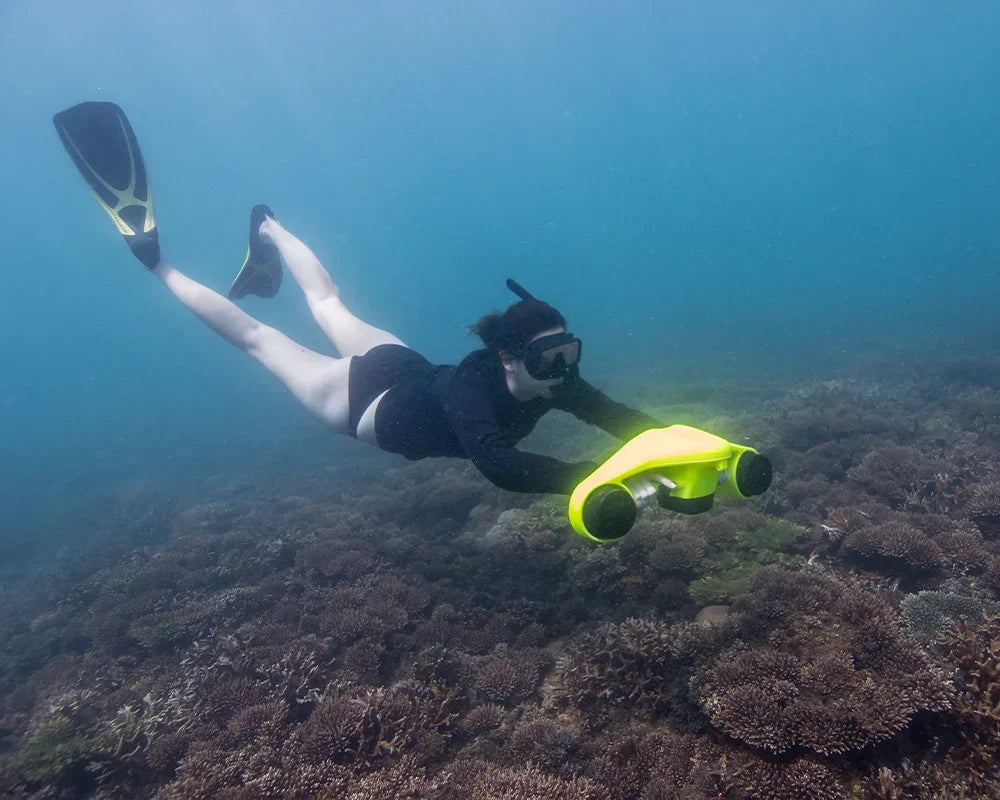
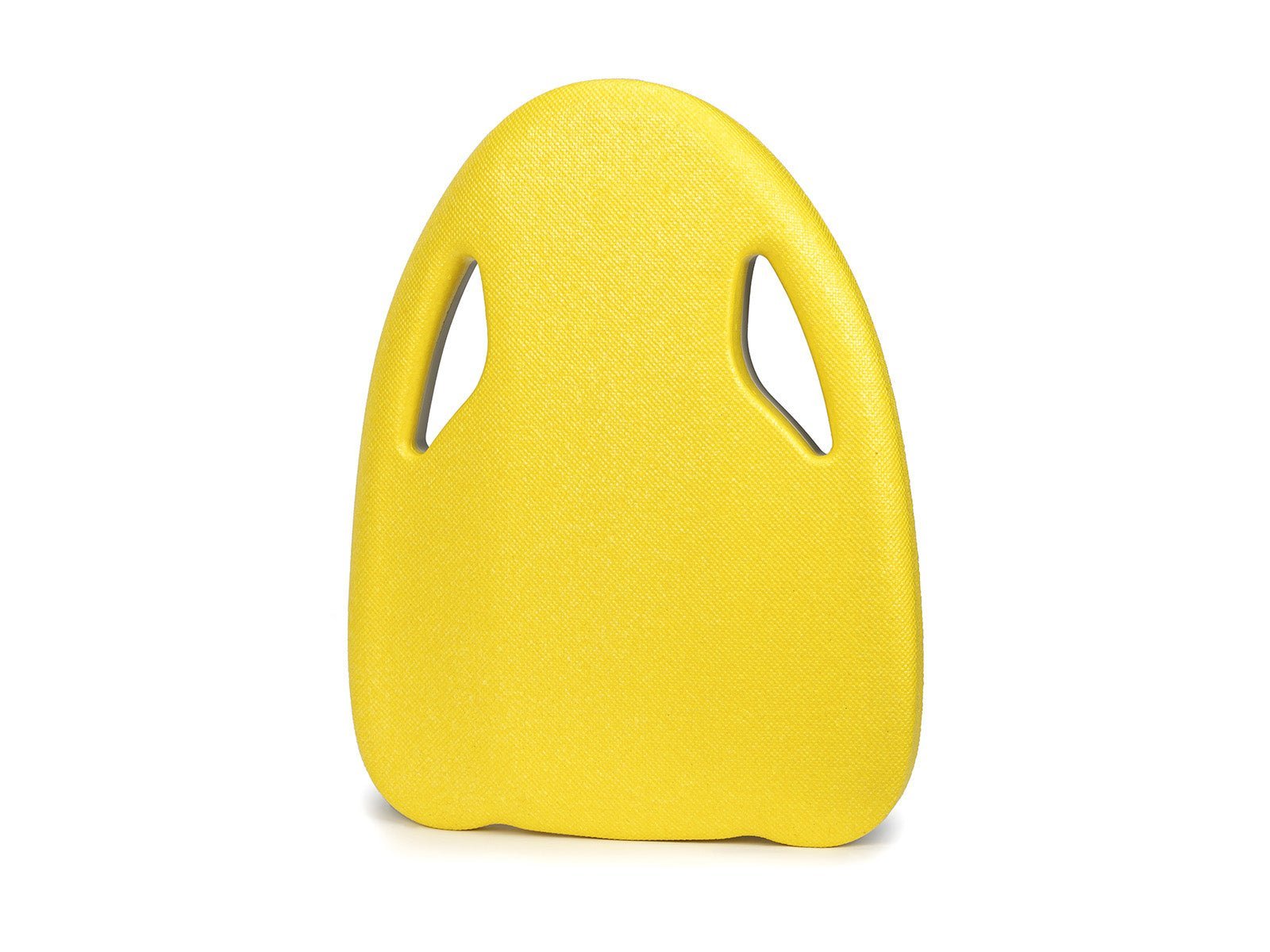
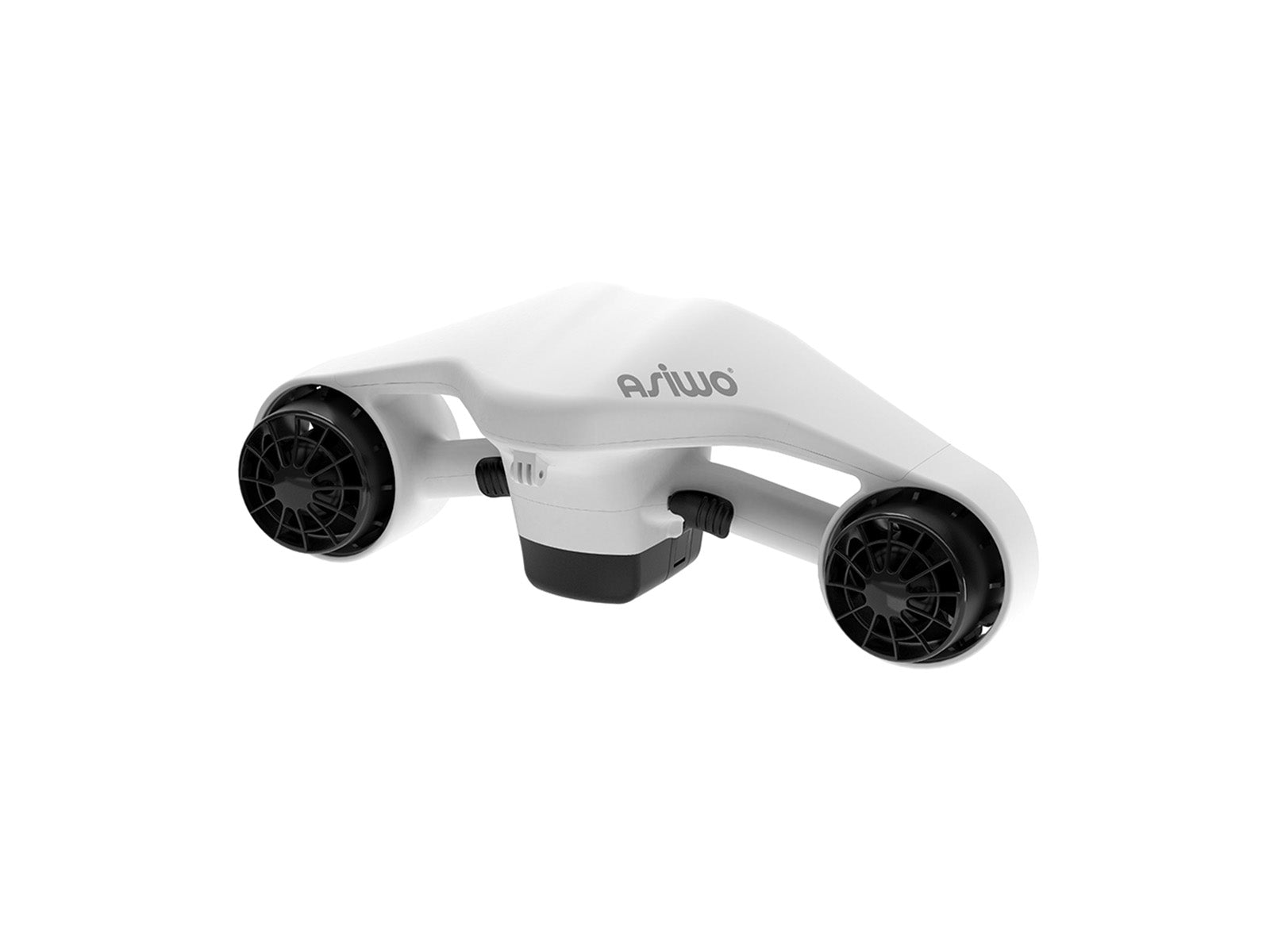
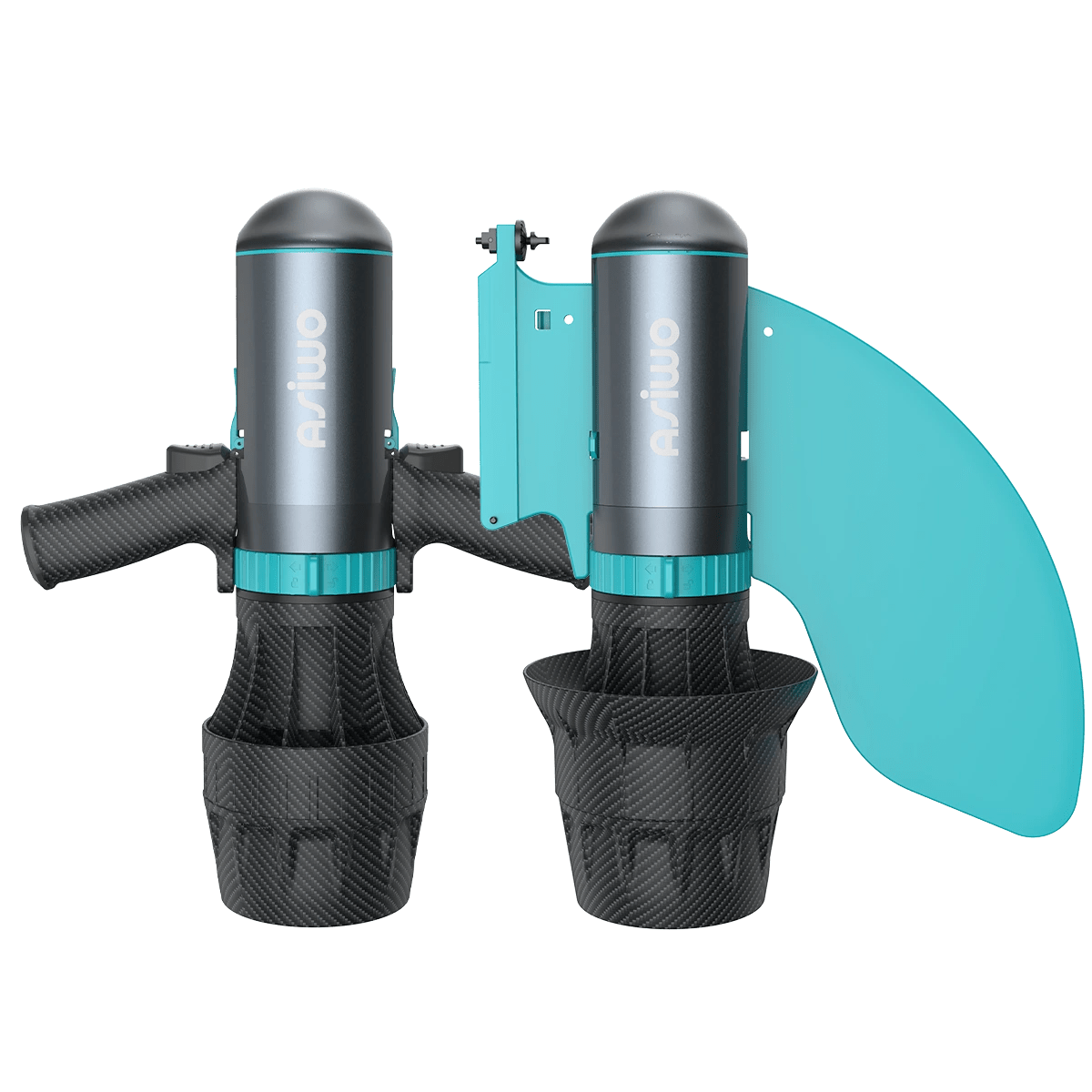




Laissez un commentaire